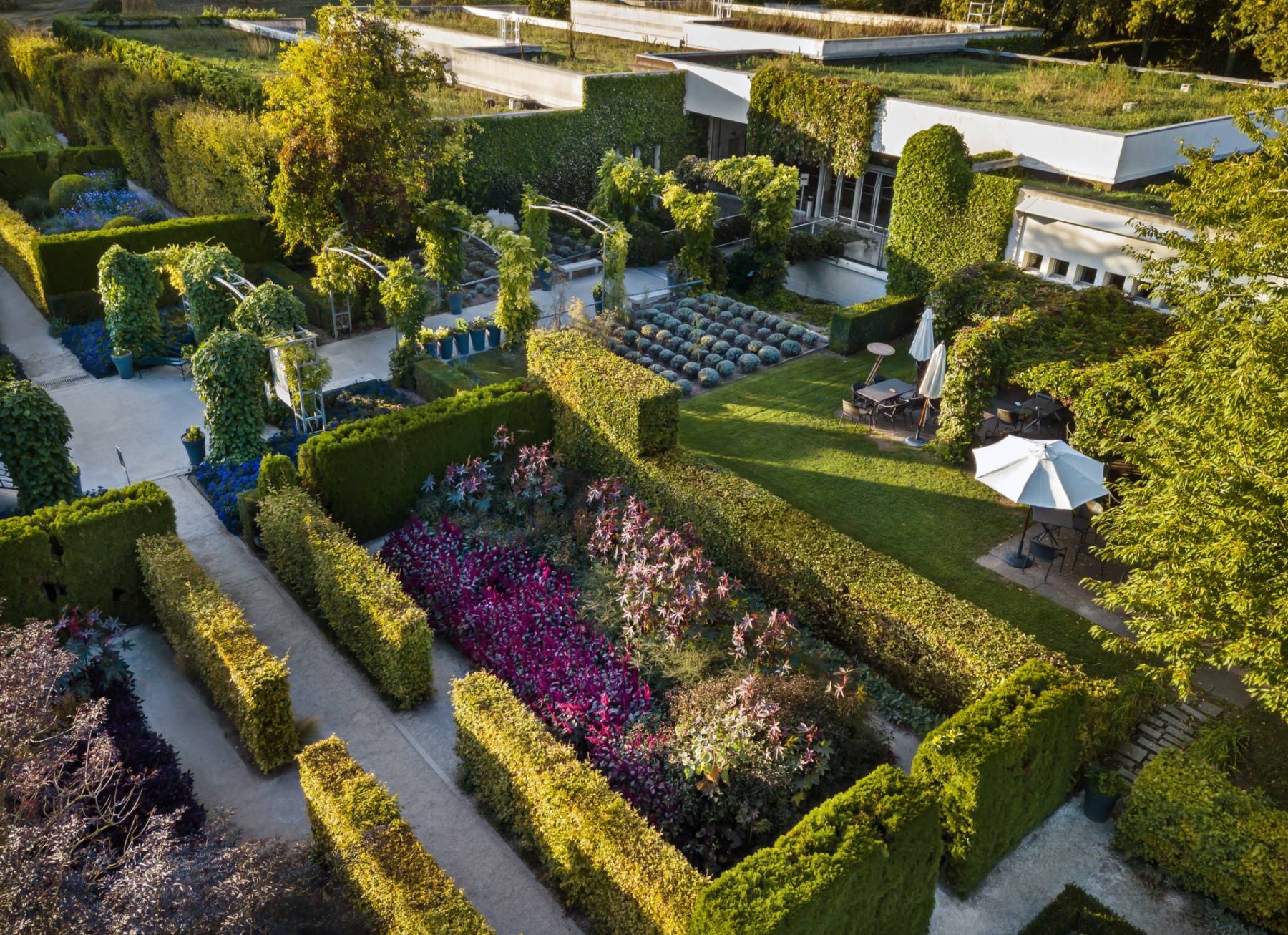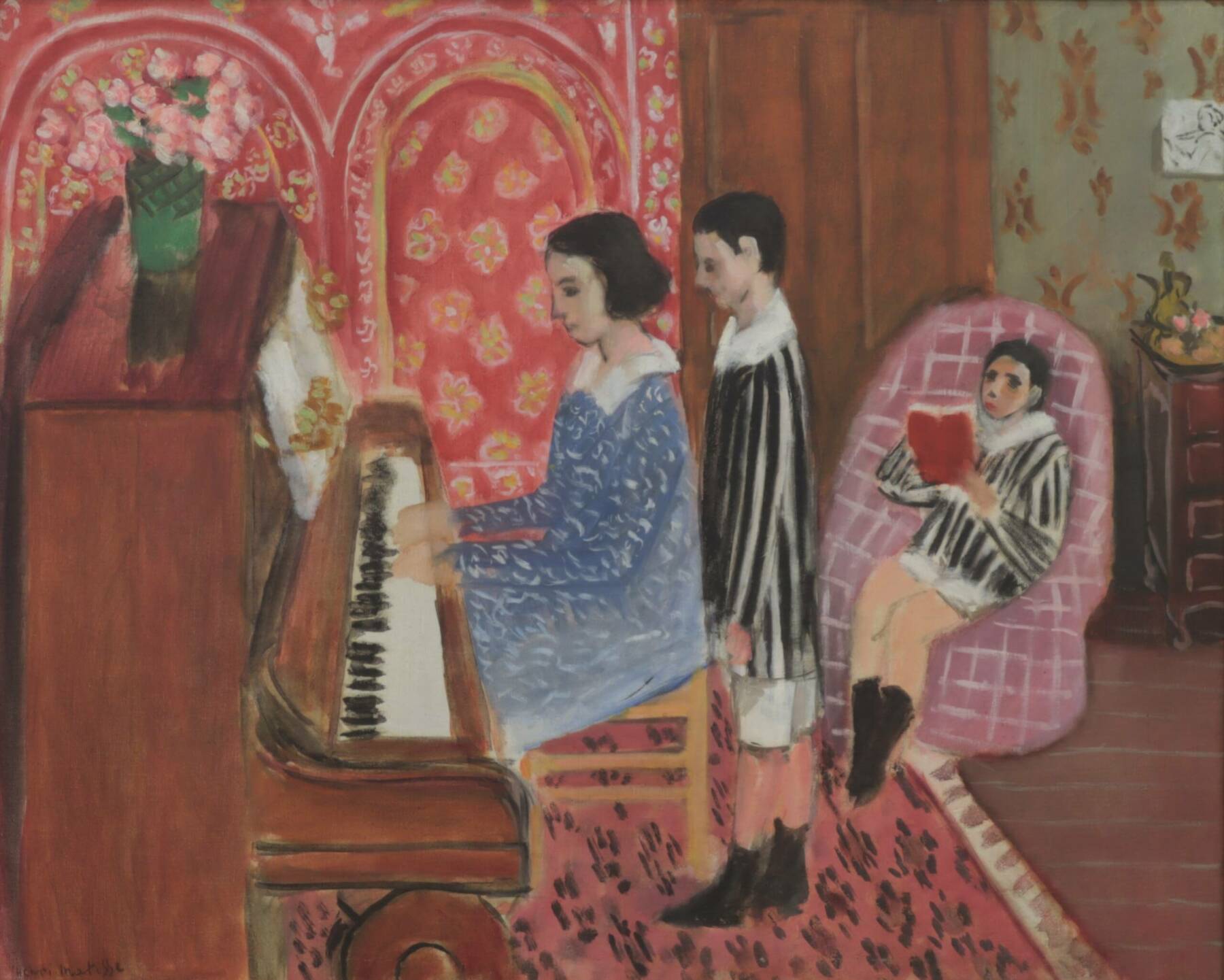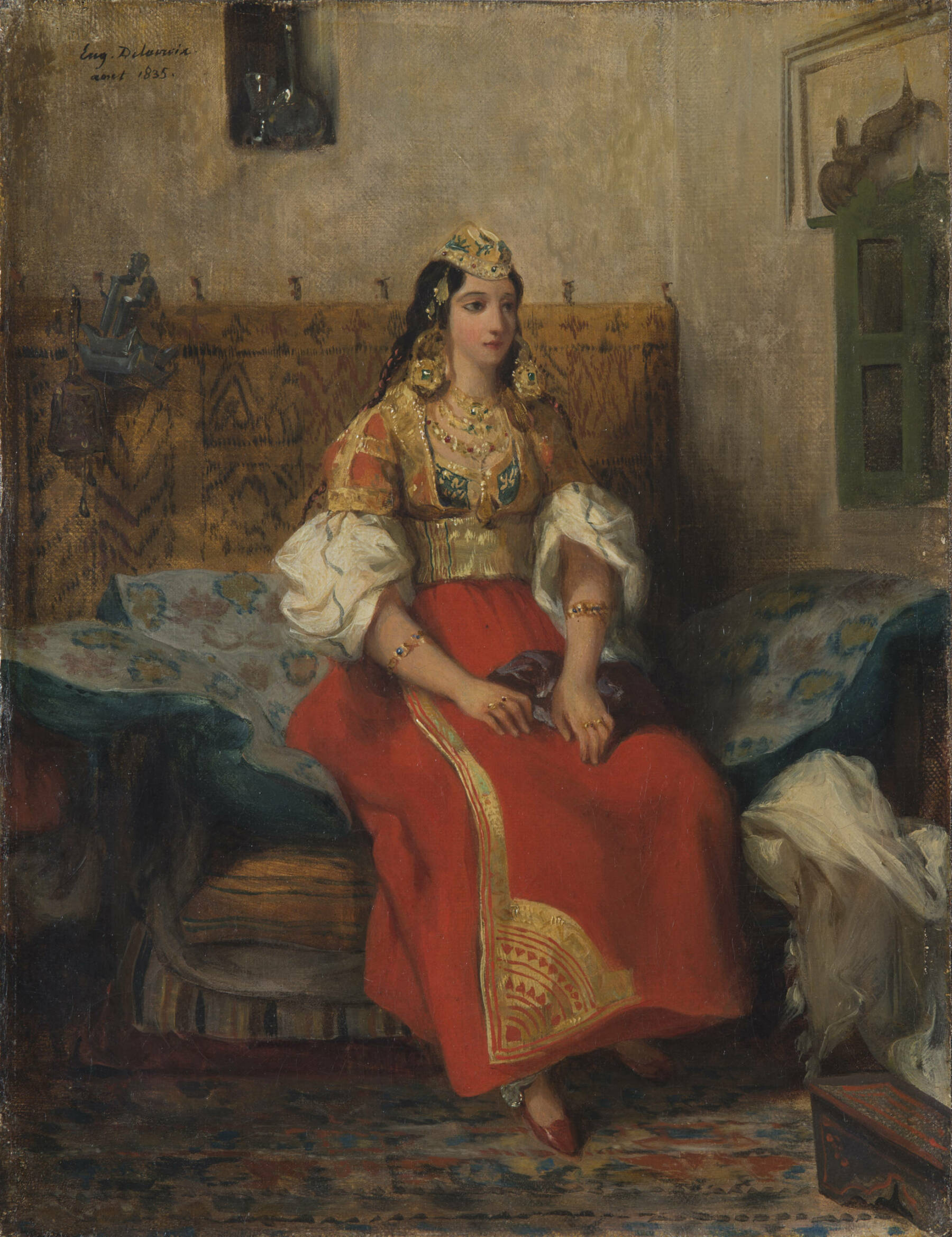Monet's Garden in Giverny
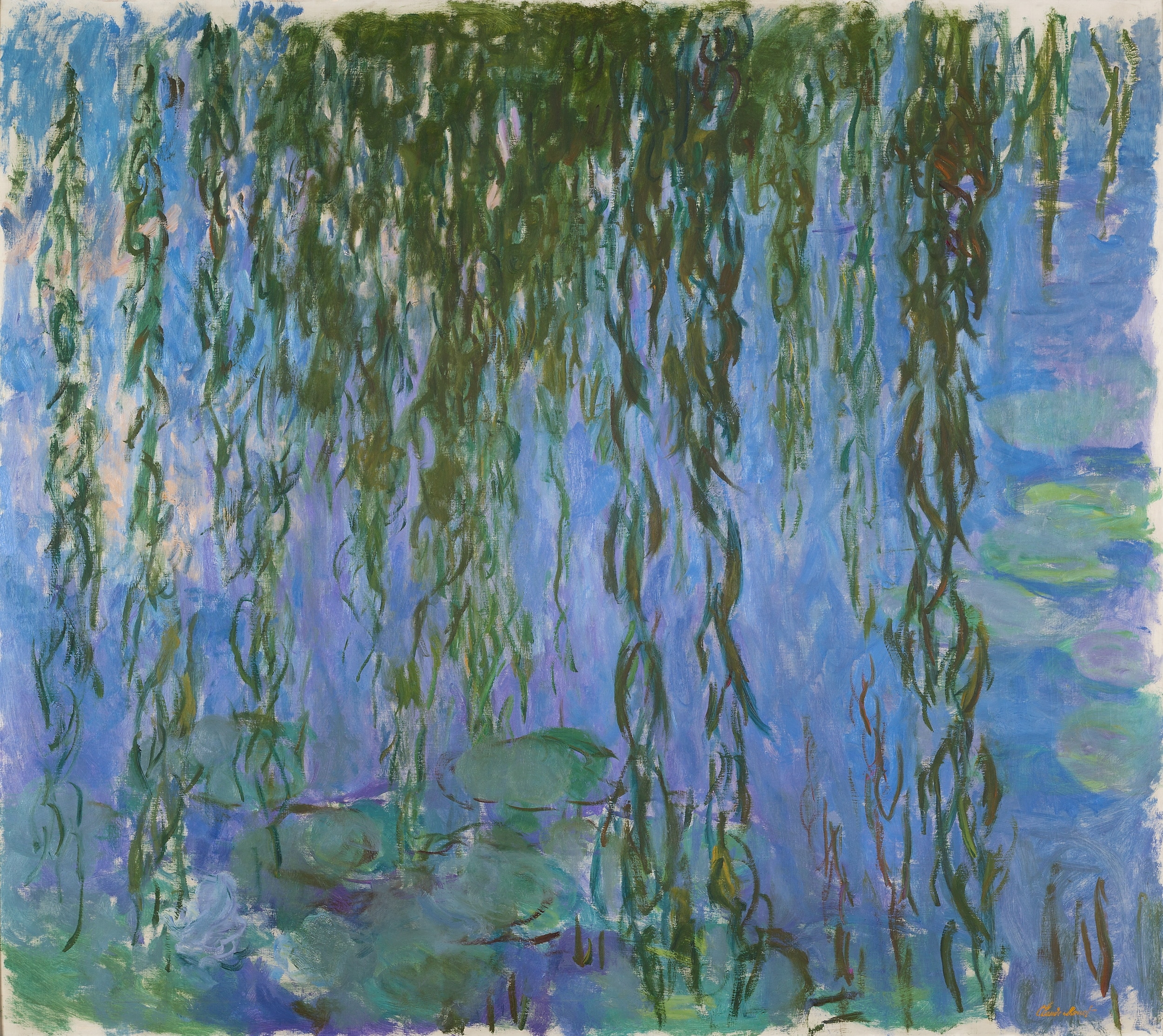
In Giverny, Claude Monet created a garden which became his favorite motif but also the instrument for a radical evolution of his painting.
From Orchard to Impressionist Garden
Claude Monet moved to the Pressoir, in Giverny, on April 29, 1883. At the end of 1889, with the financial assistance of merchant Paul Durand-Ruel, Monet bought the property. In the houses he previously rented, he had endeavoured to arrange the gardens to his liking, accommodating the owners’ requirements. The acquisition of Giverny’s house finally allowed him to give free rein to his imagination.
Originally, the Pressoir‘s garden was a large orchard, with flower beds in front of the house and on each side of the central aisle. Monet retained this structure but replaced the fruit trees with more flower beds. In 1893, he bought a plot of land below his property, on the other side of the road and the railroad that ran alongside it. He asked for authorisation from the Prefect of Eure to dig a basin on this plot and to feed it by a water intake in one of the Epte’s arms. He thus drew the first contours of the water garden, where he planted colourful water lilies ordered from the Latour-Marliac nurseries. In 1901, thanks to the purchase of a contiguous plot and the derivation of an arm of the Epte, Monet tripled the surface of the pond.
Inspired by English and Japanese gardens, Parisian flower markets and Dutch tulip fields, Monet invented a landscape unlike any other and which became the very type of the impressionist garden.
A new artistic adventure
At the turn of the century, the garden, more particularly the water lily pond, became Monet’s favorite motif and the instrument of a radical evolution of his painting. From 1898, he had the idea of using the pond as inspiration for a decor. He imagined a circular room, a living room, the walls of which would be transformed by his paintings into transparent surfaces opening onto a horizon of water dotted with vegetation, alternately green and mauve, calm and silent. This was the origin of the large Water Lilies, that are now kept at the Musée de l’Orangerie, on which he worked tirelessly until the end of his life. The audacity of the Water Lilies and the influence that these canvases had on the art of younger artists has nothing to envy to the masterpieces of Picasso and Matisse.
Opening to the public
When Monet died, his son Michel inherited the house. He entrusted it to the care of his sister-in-law Blanche, who lived there until her death in 1947. The house then fell into disrepair and the garden was left to grow into a jungle. Michel Monet died in 1966. In his will, he bequeathed the property to the Académie des beaux-arts, which did not have the means to restore it. The roof was nevertheless redone, the collection of Japanese prints protected, and what remained of the Monet’s canvases transported to the Musée Marmottan, now Musée Marmottan Monet. From 1977, curator Gerald Van Der Kemp began to restore the house and the garden of Giverny. He managed to mobilise American patrons and to finance three years of considerable work. In 1980 the Fondation Claude Monet was created, and the garden was opened to the public for the first time.
The museum
About us
See more
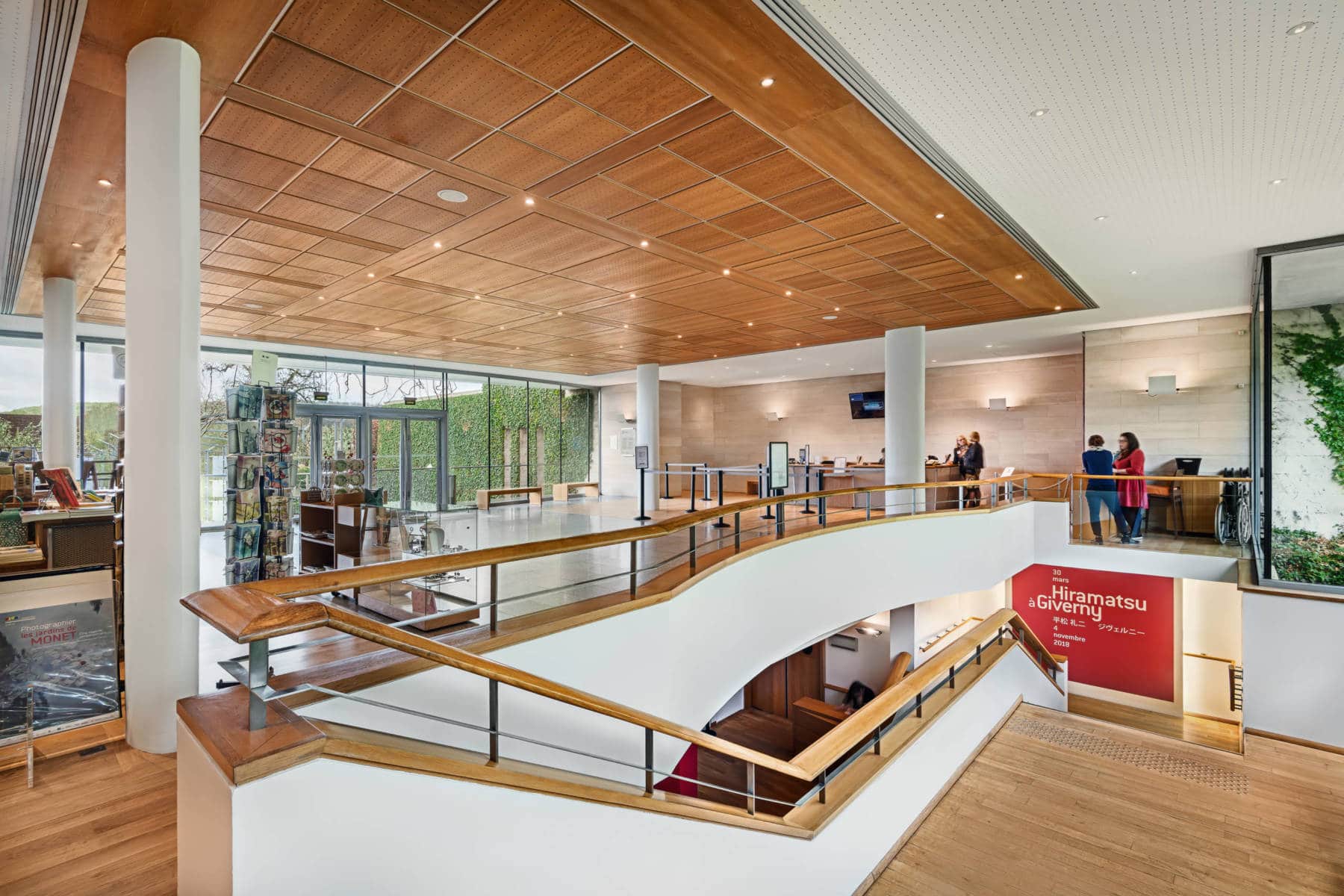
The museum
The garden
See more
